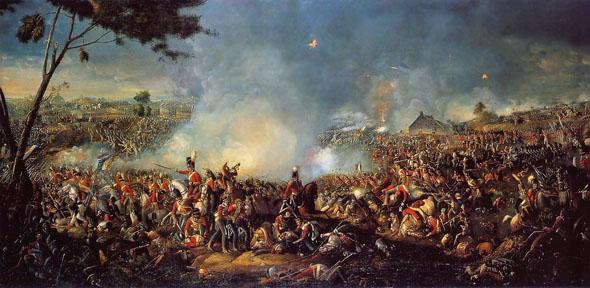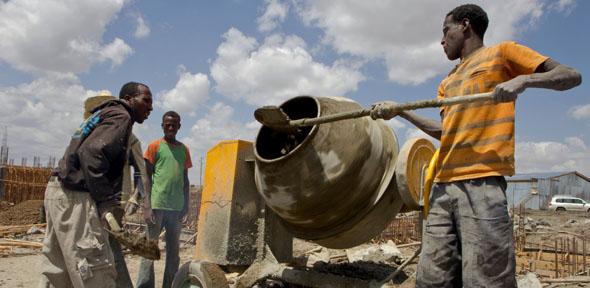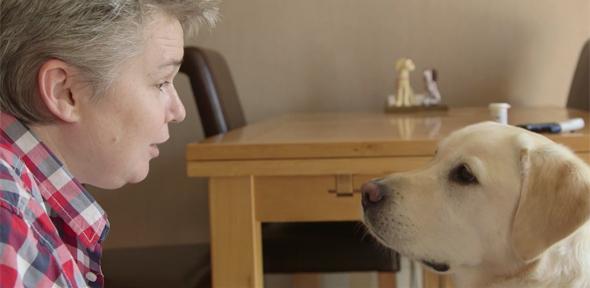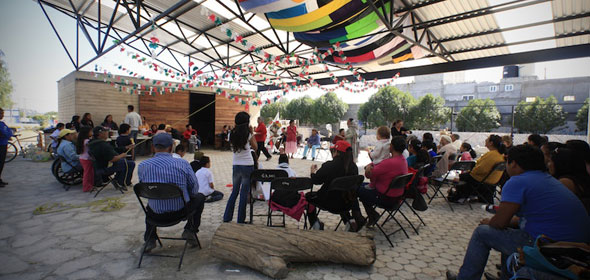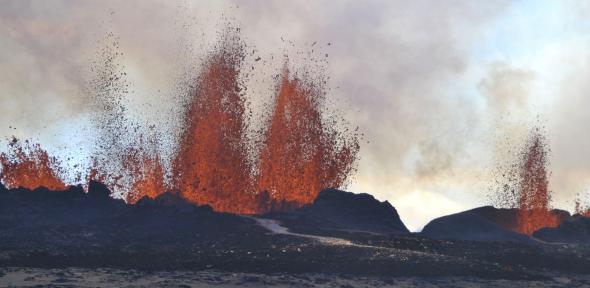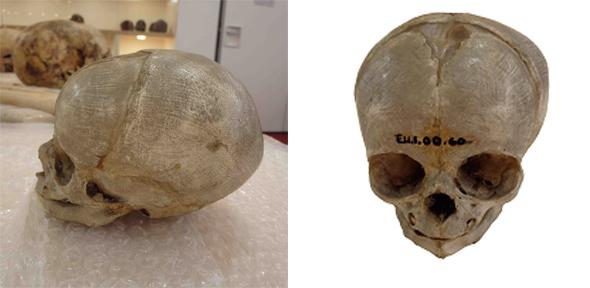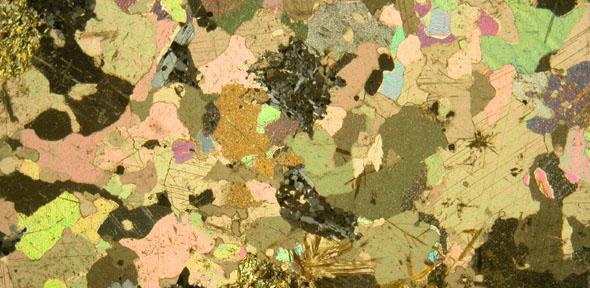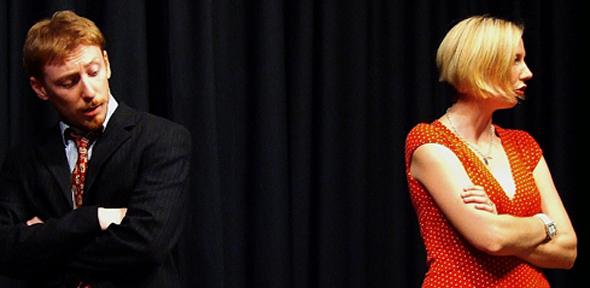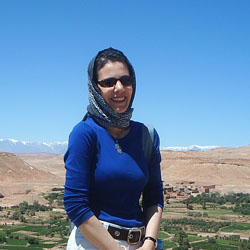Dr Felipe Hernández was born and raised in Cali, Colombia’s third biggest city and one of the country’s most dangerous – riven by fighting between drug trafficking gangs and the grinding poverty of its shanty towns.
One of the most violent neighbourhoods is Potrero Grande along the Cauca River. “When I was a child I never went to the settlements along the bank, although they were only nine or ten miles away. They had a reputation for being dangerous. It took several years and some geographical distance for me to see how deeply divided Cali was then and remains today. As recently as 1997, the city’s most prestigious club denied membership to Black people.”
Various schemes have been initiated to regulate the development of Cali and address the levels of violence in its notorious poorer districts. Although these schemes have commendable objectives, and valuable aspects, they fail to take people’s lived experiences, especially their social networks and productive capacity, into account
As Hernández says: “Teaching music to poor children is useful because it gets them off the streets. But what happens when they grow up and need to earn a living? How many children have the opportunity to follow a career in music? In a city called Pereira, there was a proposal to train a community in carpentry, but the people who might have benefited have no tradition of working with wood, instead they were farmers.
Over the past nine years, Hernández, from the Department of Architecture, has concentrated his research efforts on poverty and marginalisation in Latin America. In 2013, he established Cities South of Cancer – a group dedicated to researching the urban environment in the southern hemisphere. Its participants include four PhD candidates in Cambridge, among them Angela Franco, former Pro-Vice Chancellor for Research at Universidad del Valle in Cali, who left her position to undertake research in urban redevelopment supervised by Hernández.
Hernández has looked, in particular, at the expanding informal settlements – slums and shanty towns on the margins of cities – which are home to the disempowered and dispossessed. Where you live plays a large part in shaping your destiny; huge stigma is attached to the terms slum and shanty town. In the course of researching one of the barrios of Medellín in Colombia, for example, Hernández discovered that residents often deny that they live there.
![]()
Yet it is in these largely unplanned urban settings that millions of people have, for generations, lived, worked and brought up their children. Globally, an estimated one billion people live in slums lacking basic infrastructure, and the United Nations (UN) predicts that this number could rise to three billion by 2050 as cities grow and the numbers of national and international migrants increase.
Informal settlements and the influx of migrants have often been seen as problems to be solved. However, diversity and a flux of people is good for cities, says Dr Wendy Pullan, who leads the Centre for Urban Conflicts Research in the Department of Architecture. “Cities demand diversity. It makes them robust and flexible – places that can thrive and prosper. The question is how to support the activities of communities and encourage social cohesion without losing the diversity. Planning and architecture have an important role to play in this.”
Hernández agrees: “It seems clear that cities will continue to attract people from rural areas and that pockets of poverty will persist. People who arrive at cities frequently encounter a functioning system to which they are peripheral and from which they are marginalised. Inevitably, there are conflicts between the established population and the new arrivals. And when people from different communities are thrown together in the same slum conditions, the result can be violence.”
“In fact, conflict is as part of the human condition as city building,” adds Pullan, who is working on a book on the nature of urban conflict based on her research funded by the Economic and Social Research Council.
“We have to find better ways of living with the conflict – using and channelling it in a constructive way, rather than thinking we can remove it or banish it,” she says. “The urban topography – the city’s streets and courtyards, roads and rooftops, tower blocks and slums, and all of the activities within them – are as much a part of the problem as they are a part of the solution. When we design cities we need to understand the sociopolitical processes at play and the potential for flashpoints.”
When Hernández and his team looked more closely at the dynamics of Cali, they made an important discovery: “We mapped the invisible boundaries of these areas and we discovered that there were neutral spaces – the church, the school, an adult training centre and sports fields – which sometimes cut across the divides.
“Armed gangs control the neighbourhoods. On Sundays, however, the gang members put down the guns and played football together.”
He suggests that careful planning can capitalise on these safe zones, creating and connecting “corridors of conflict suspension” to form a landscape with the potential for safer mobility.
His team works in partnership with practitioners and researchers in Colombia, Mexico, Indonesia and the USA. One of the central tenets of the project is the concept of articulation. “We use the term ‘articulatory’ to describe a fluid approach to the interaction between the informal economy and the dominant systems,” he says. “In terms of planning and architecture, this approach might mean looking at the ways in which people build their houses and use land, and it also means reflecting on how productive activities can be supported.”
For Hernández, a project undertaken in Querétaro, Mexico, had proved a steep learning curve for their research in Colombia. He explains: “I’d taken a team of undergraduate and PhD students out from Cambridge to work with a Mexican architectural group, Taller Activo. Together, we’d organised workshops in the local community and, with local people, we built three different buildings in the same neighbourhood with the objective of helping to articulate different aspects, and areas, of the community.” One of these buildings – a shared resource with a kitchen – was particularly successful and won first prize in the Servicios y Asistencia Pública category of the 2014 CEMEX Awards.
![]()
He believes that academia occupies a privileged position to address the subject of urban programmes that are sustained over long periods and are adaptive to marginalisation. “Universities are vitally important repositories of knowledge and experience, largely unaffected by the pressures to generate revenue that drive private-sector participation.”
Academic research can provide sustained expert advice in the continuous process of building cities. Cities South of Cancer has already generated a substantial body of knowledge on a number of cities in the developing world, and a methodology that could help many others around the world.
Working with local universities in Cali and Bogotá in Colombia, his team produced a map of activities that, although they might operate outside formal structures and not pay taxes, make a positive contribution to the economy, and have real potential for growth. Research of this kind also questions the conventional categories of employed and unemployed: people who are officially unemployed may well be participating in productive activities outside the formal economy.
One example that Hernández gives for Cali is sand extraction, an activity that provides a living for large numbers of people. Communities living on the Cauca River have built machines to extract sand that is transported to construction sites – where it enters the formal economy. These same people have established dwellings and businesses on a flood plain where there is danger of inundation. Because they have built sturdy houses (concrete and brick), often on stilts, drowning accidents are rare. Not surprisingly, the owners of these houses and businesses don’t want to be moved away from the river as they would be separated from their workplaces and their long-standing community.
On the periphery of Cali, people living along the Cauca River, in District 21, keep cows, pigs and goats for milk and meat. At present, meat from this area enters the market surreptitiously, and waste is disposed haphazardly into the river. Hernández argues that, because these activities have established social structures, they could be developed relatively easily: quality controls could be established and the environmental footprint could be reduced, maximising benefits for the local communities and the city at large.
![]()
Similarly, animals and plantations kept by people along the riverbank also present an opportunity. The entire seven-mile riverbank could be transformed into a productive linear park, thus recuperating the river for the city. He says: “A park of this kind could be a place where children go to become more involved in the production of food and learn about rearing animals. Instead of maintaining current socioeconomic divisions, this form of urban articulation would bring two ‘distant’ communities together, contributing to the search for peace.”
Here, there is a subtle emphasis on building the ‘urban commons’ – areas of collective ownership and resource management – in ways that benefit the poor, signalling an approach to slums that is neither about gutsy survivalism nor about handouts. This approach is developed by Professor Ash Amin, from the Department of Geography, in his new book with Professor Sir Nigel Thrift, Seeing Like a City (Polity 2016).
Currently, argues Amin, slums and informal settlements tend to get narrated either as uncongenial spaces where people on very low incomes face multiple deprivations – ill health, insecurity, violence and harassment – or as spaces of hardship negotiated successfully by enterprising residents and entrepreneurial capability, from where the rural poor may begin their journey towards becoming middle class.
Slowly, however, argues Amin, “a new language of facilitation is being used by institutions like UN-Habitat, who seek to identify how the poor can be enabled to participate in and derive benefit from the urban growth machine of the larger city. This might be through improving access to goods and services, jobs and opportunities, information and knowledge, or skills and capabilities.”
Amin thinks that this language of facilitation should be pushed much further than the current policy emphasis on harnessing the capabilities of the poor as a way of dealing with the challenges of slum living and debilitating informality.![]()
“There is a need for international policy on poverty reduction to stop romanticising slums – countering the hyperbole of blockbuster films like Slumdog Millionaire– and to get behind the ‘capabilities’ of the poor in underserved cities left to fend for themselves,” says Amin. “What this means is offering the poor a set of infrastructural rights of access to the staples of the urban commons – water, electricity, basic health care and education, sanitation, and the like – along with rights to basic income, so that the ground for the more active participation of marginalised communities in city life can be prepared on a sustainable basis.”
In this way, slums (and those who dwell in them) can be seen by governments and policymakers as ‘enabled’ spaces – much in the same way as cities are offered to elites and middle classes. Neither neglected nor swept away in wholesale clearances, but upgraded in ways that allow collective life to flourish at low cost and with considerable gains, according to Amin.
Hernández argues that the formal and informal economies are not separate entities but meshed together – and that this fluidity represents an opportunity. He says that a more productive approach is to support the positive activities that thrive in these settlements, and to create ways of connecting them to the formal economy.
Slums might not exist in the developed world on the same scale as in the developing world but interaction between formal and informal activities applies as much in London or New York as in Bogota. “We’re talking about the same key issue,” explains Hernández, “of people finding ways to make a living however they can.”
“It is the weaving together in cities of humans, technologies and infrastructures that gives cities their world-making power,” adds Amin. “In past cities, leaders have understood this collective agency; contemporary policymakers need to return to the question of how the material and human interdependencies that constitute urban provisioning systems can be harnessed for the many and not just the few. The city is brim full of opportunity when it is organised as a commons.”
Images: Top and lower two: making a living with small businesses in Medellin, Colombia; credit: Alejandro Arango on flickr.
Second: Community Centre in Querétaro, Mexico; credit: Felipe Hernández.
